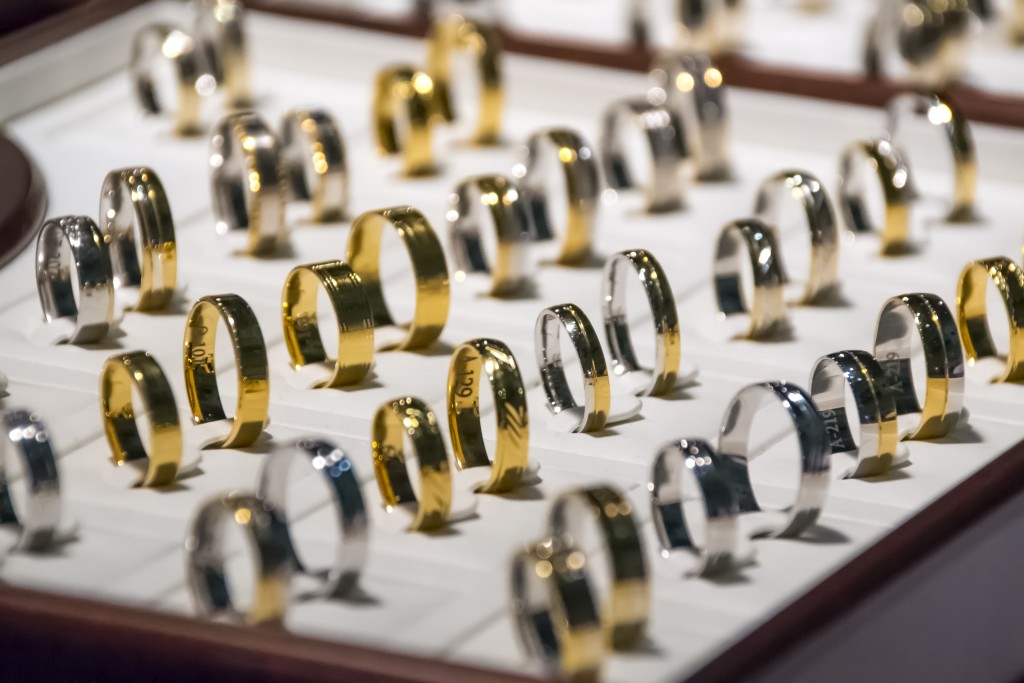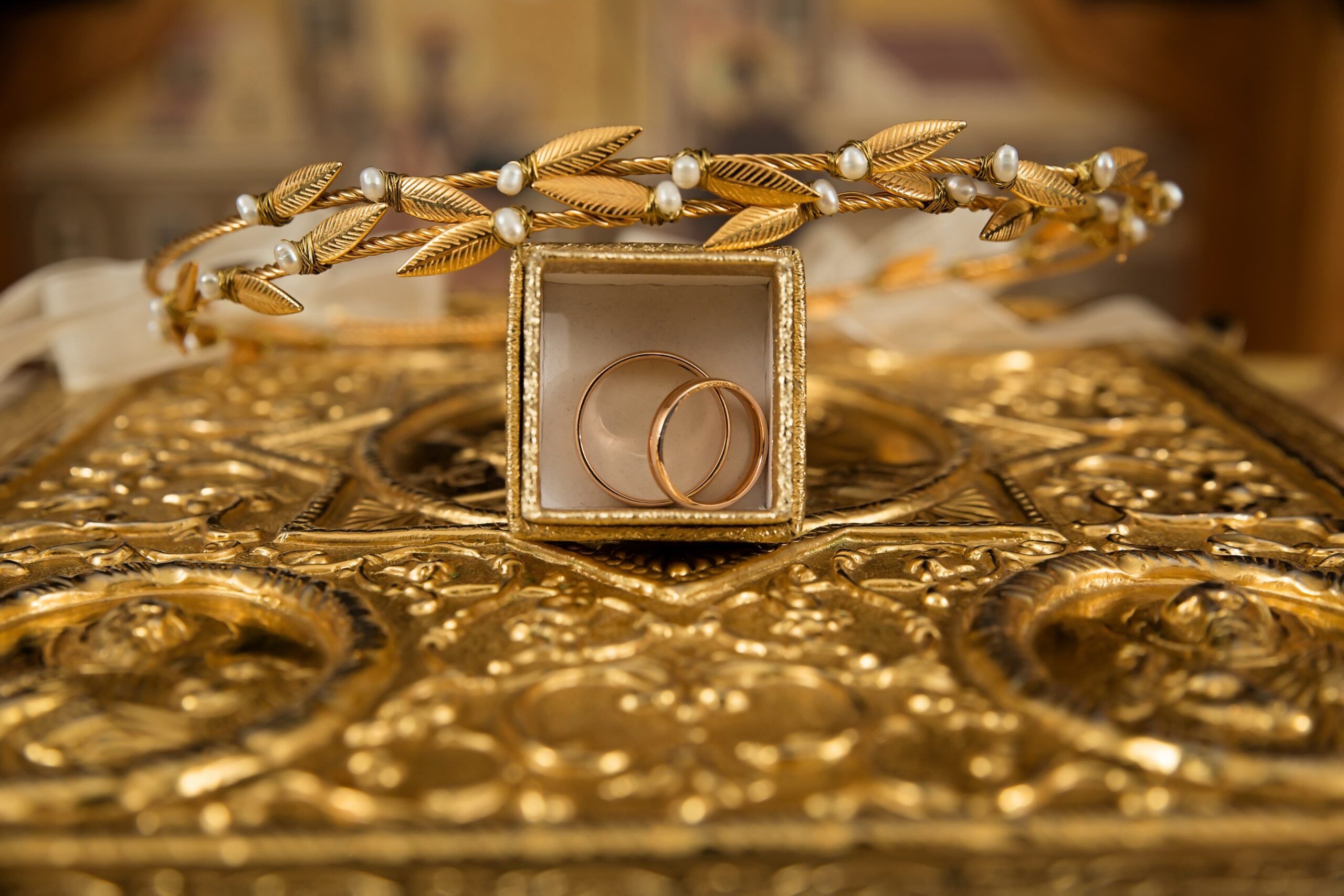Gold is the most common jewellery worn by women, especially Indian women. Be it any festival or occasion, adorning with gold jewellery is a traditional practice as well as a status symbol.
Any mention of gold is immediately related to a metal that’s yellow in colour. It’s widely accepted that gold is a very precious metal and is measured in carat and 24 carats is the purest form of gold. But not many people are aware of the fact that gold is available in more than one variety.
Other than yellow gold, gold is available in variety of shades like white gold, rose gold, green gold and so on. Those who are interested to learn about precious metals can take up a jewellery design course.
It is worthwhile to understand the different types of gold that are available for jewellery making.
As mentioned above, yellow gold is the original colour of pure gold while its alloys are available in a variety of colours.

White Gold
White gold is one of the most preferred after yellow gold. The white colour is achieved after mixing gold with palladium or nickel. Once mixed with another alloy, the metal is then plated with rhodium which is the main medium to give the white gold finish.
In a jewellery design class, one gets to learn everything about precious metals and designing different types of jewellery items.
Rose Gold
Rose gold is made by mixing copper. More the proportion of copper, deeper is the rose colour. Therefore, in some cases when a high percentage of copper is used, the gold gets a reddish hue and is known as “red gold”. Likewise, lesser quantity of copper gives a pinkish hue and is therefore known as “pink gold”.

Black Gold
In the case of black gold, the surface is covered with black rhodium. Another method to turn it into black colour is by treating it with certain chemicals. Oxidization with other metals such as copper, cobalt, iron and titanium changes the gold to black gold.
In Hamstech Institute, the main focus is to provide theoretical as well as practical knowledge to students also including knowledge of types of precious metals. In a course such as jewellery designing, hands on training is also very important. Frequent interaction with craftsmen and artisans helps students get a better understanding of the subject.
Green Gold
Green gold is achieved by mixing gold and silver. Mostly only a greenish hue is seen as the green colour is not very intense.

Grey Gold
Metals such as copper, silver and manganese are mixed to achieve the grey tone. The grey gold is not very common and it may not be seen of many people even purchasing it.
Jewellery designing is a very creative field. If you are skilled, you can actually experiment with different metals to create a unique variety.
Purple Gold
Purple gold is something interesting to know and read about.
The purple colour is achieved by mixing aluminium and gold. The alloy is not very durable because of the compound. It tends to break very easily and hence is not purchased by many people. Even the jewellery made from this alloy is quite brittle.
Jewellery designing’s such amazing facts are essential to be grasped by jewellery designing students. Amongst the many jewellery designing institutes in India, Hamstech is one of the leading institutes that work towards this. Hamstech ensures that its students get specialized training so that they can master their craft.
Blue Gold
The metal indium is mixed with pure gold to produce blue gold. The characteristics of blue gold are very similar to purple gold. Blue gold also tends to be very brittle because of the metal indium.
Another alternate method to achieve blue gold is mixing iron or rhodium and then oxidizing it which forms a blue surface.
Having mentioned the different types of gold, hope the above article gives enough knowledge in understanding gold better. That would mean that next time gold shopping will feature a broader list of gold types to choose from.
It would be good to keep in mind the different types of gold and their characteristics to help pick the right jewellery.

